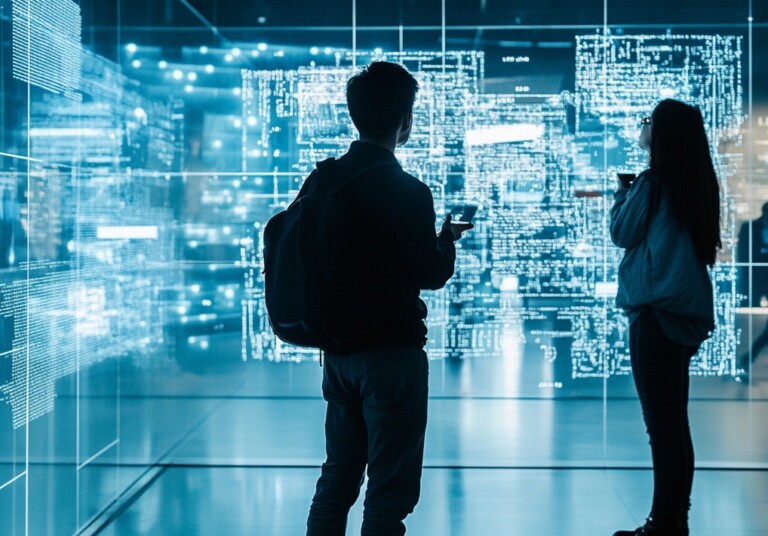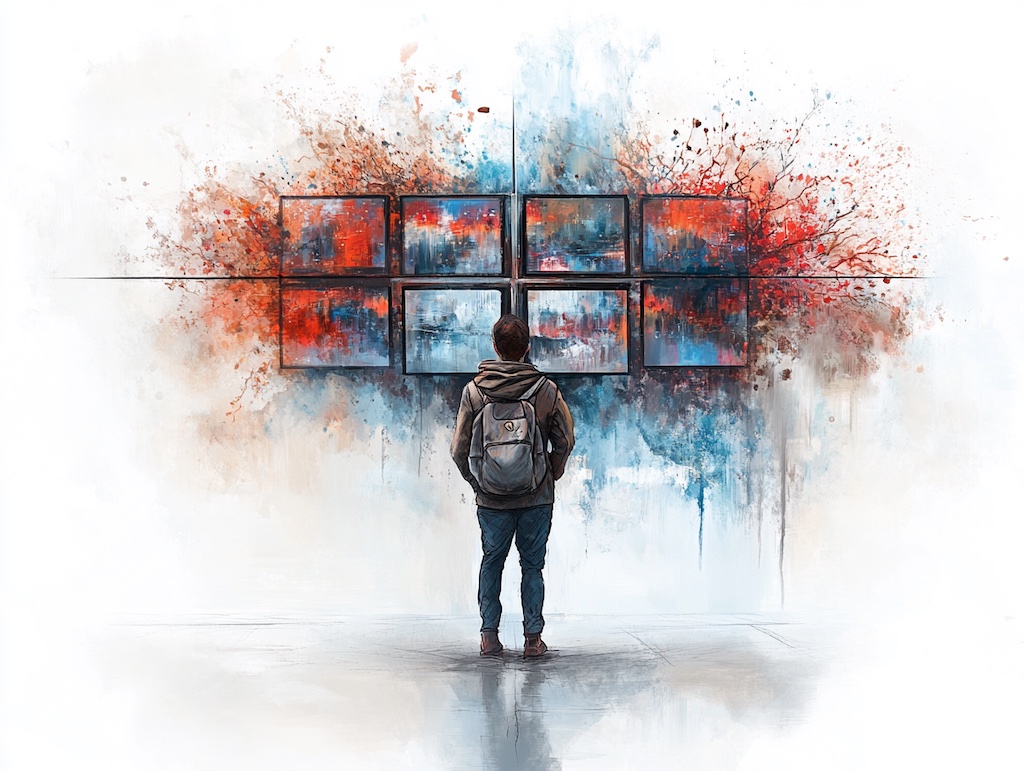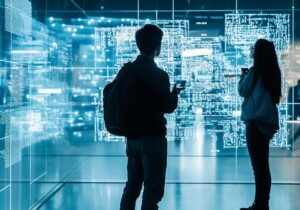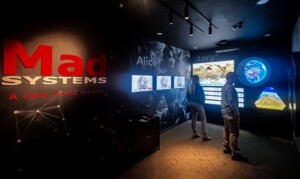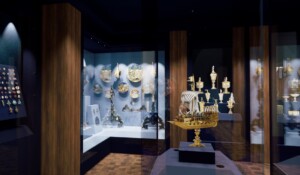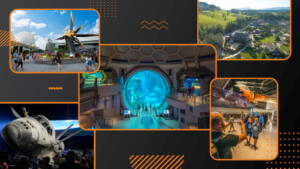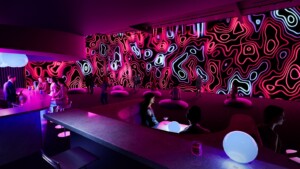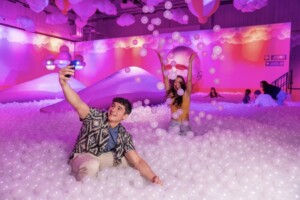by Maris Ensing, Mad Systems
In recent years, we have all witnessed the rapid rise of smart devices and how they have reshaped nearly every aspect of our daily lives. From smartphones and tablets to voice-activated assistants and wearable technology, we have become accustomed to an ever-connected digital landscape.
This transformation also extends far beyond our personal lives. The way we learn, work, and interact with the world around us has been irreversibly changed. Today’s audiences, especially younger generations, are no exception; many have grown up in a world where on-demand, personalized content is the norm.
As these multi-generational, tech-savvy visitors file through museum doors, they bring with them high expectations for interactive and immersive experiences.
Many museums and theme parks, as well as other themed entertainment venues increasingly recognize the need to keep pace with this evolving audience. With limited resources and staff, some museums have struggled to adapt quickly to changing visitor preferences.
However, the good news is that innovation in visitor engagement is more accessible than ever. From personal devices offering location-based information to wearable technologies that deliver unique and dynamic content, there has never been a richer toolbox for exhibit designers to create experiences that truly resonate.
Why we need a change
The stakes are high: modern audiences have come to expect that every aspect of their visit will be meaningful, personalized, and frictionless. They want to be informed, entertained, and engaged in ways that align with how they currently consume information.
That means offering varying levels of interactivity, deeper connections to content, and the capacity for sharing on social media. At the same time, museums must maintain curatorial integrity, safeguard collections, and manage costs. Striking the right balance is no small feat, but it is one that many are approaching with renewed focus and creativity.
Moreover, today’s visitors often seek interactive elements that go well beyond static displays or purely digital add-ons. They crave personalization: content that adapts to their interests, reading level, or even their language preferences. This level of customization can also help museums serve an increasingly diverse audience.
In short, the museum experience must become more agile and flexible in order to remain relevant to, and resonant with, evolving visitor needs.
Innovative solutions & exhibit technologies, ready for deployment
A new generation of technology platforms is already available to help museums deliver these experiences.
One example is a suite of patented technologies developed by Mad Systems, referred to as Alice, Lory, and Cheshire Cat, among others. These solutions have been designed to facilitate hyper-personalized, contactless, and adaptive museum experiences. As artificial intelligence continues to advance, these platforms will evolve alongside emerging technologies, effectively future-proofing any museum’s investment.
At the core of these innovations is the concept of visitor recognition, which can range from simple to highly sophisticated implementations.
Some solutions rely on RFID tags, barcoded wristbands, or QR codes that visitors can scan with their own phones; others utilize NFC technology for even faster interactions using visitors’ phones. There are also entirely touchless, zero-friction options that use secure, private recognition methods.
Through these approaches, museums can provide exhibit content tailored to each individual, automating language selection or adjusting media to fit a visitor’s age, reading level, or interests.
Best of all, visitors maintain control over their data by choosing to participate, ensuring a privacy-respecting yet highly engaging experience.
How personalization elevates the experience
Imagine a museum exhibit about ancient civilizations. Instead of a single descriptive panel in English, an RFID-tagged visitor from France might automatically see the exhibit text in French, displayed on a projected surface or on a digital label.
A curator might choose to highlight additional artifacts that cater specifically to a seasoned archaeologist, or present simpler language and visuals to a child exploring the subject for the first time. By tailoring content to visitors, museums break down barriers and create truly memorable encounters.
These same systems can leverage either fixed data or dynamically generated content based on a carefully curated Body of Knowledge. In practice, that means visitors who return to an exhibit may find new or different information, prompting repeated visits and fresh engagement every time they step back into the gallery.
By catering to individual interests, these technologies resonate with modern audiences, encouraging them to explore at their own pace and on their own terms.
A call to action
Museums have the opportunity to harness these innovations and meet visitors where they are, immersed in technology and hungry for meaningful experiences. Embracing intelligent, flexible, and future-proof solutions is key to creating exhibits that capture imaginations now and continue to do so for generations to come.
The moment has arrived for museum professionals, curators, and design teams to come together and reimagine their approach to storytelling. While overhauling or updating exhibit strategies may seem daunting, the technologies, methodologies, and support structures are already in place, ready to go.
Mad Systems, having invested significantly in developing these patented solutions, stands ready to empower institutions seeking compelling, customized exhibits that engage modern audiences, with a simple option to change content as required.
Charting the path forward with new exhibit technologies
No museum wants to be left behind in a rapidly evolving cultural and technological environment. By embedding privacy-focused, versatile recognition technologies into exhibit design, museums can transform their galleries into adaptive storytelling environments that deliver dynamic, relevant, and personalized content, with minimal effort on the part of visitors or staff.
The challenge is here, but so is the solution.
Our new reality demands a shift in how we conceive of museum engagement. By embracing these cutting-edge systems and proactively adapting to the changing needs of modern audiences, museums can position themselves at the forefront of the next evolution in cultural experiences. The future belongs to those who prepare for it today, and for museums, the key is to blend seamless technology with thoughtful, compelling storytelling.
It’s time to take the leap.
